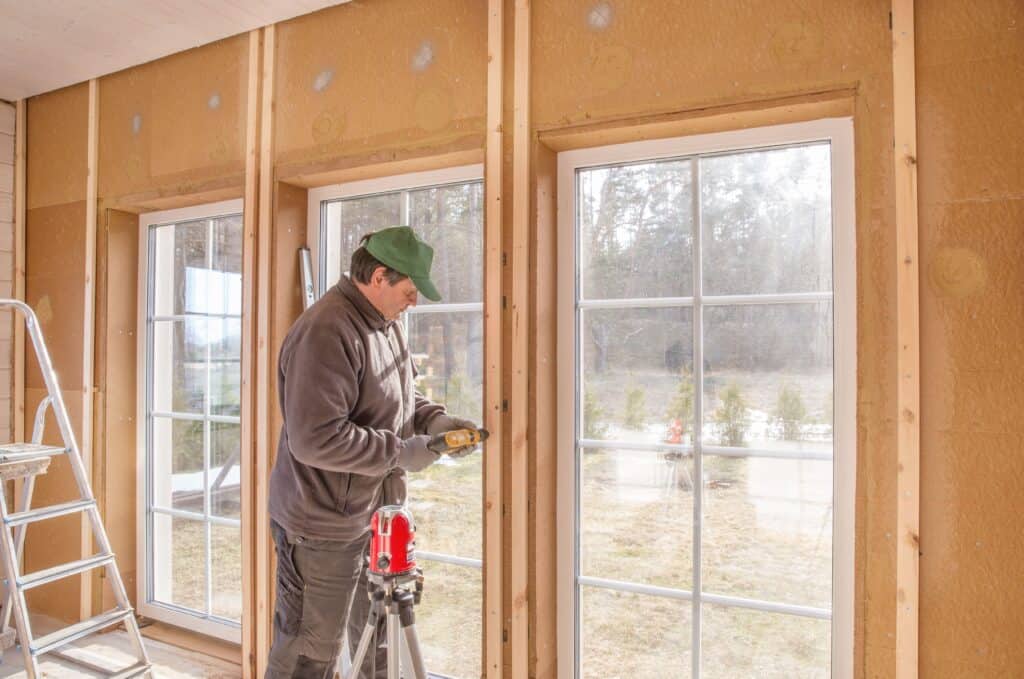Repairing Your Roof versus Replacing Your Roof
How to make an educated decision about your roof
You’ve discovered some issues with your roof, so now it’s time to decide if the roof needs repair or replacement. This article provides tips and factors to consider when deciding whether to repair or replace your roof. You’ll want to keep these factors in mind, too, if you consider filing a roofing insurance claim.
It’s hard to know sometimes whether your roof just needs a repair or needs to be fully replaced. Roofing can gradually get damaged over time and sometimes it’s difficult to spot moisture buildup and other underlying issues. Not a lot of people stand around checking their roofs. We just assume it will last for decades and go about our business. All the while, your roof could have leaks which lead to water damage, mold, and structural damage.
There are different causes and factors that lead to roof damage. Keep these in mind when you’re deciding whether to repair or replace your roof. When you know the factors and the extent of damage as a result of these on your roof, you’ll have a better idea how to proceed with your roofing problem.
Age
Roofs tend to weaken with age. Everything does! However, you should get decades of use from a new roof. The amount of time your roof should last depends on the roofing materials used.
Condensation and moisture buildup
If your attic has poor ventilation, your roof could suffer damage because of condensation that forms between the attic and roof. This is caused by drastic temperature differences that occur between attic air and the outside temperature. This is common in southern climates like North Carolina’s. Even our winters can have the occasional 70+ degree days every so often.
Gusty Wind
North Carolina has sustained its fair share of gusty winds in the last couple of years with hurricanes, tornadoes, and severe thunderstorms. Winds can sometimes lift roof shingle edges and even peel them from the roof. This can cause water to seep into the roof structure and cause damage such as mold and softened wood. The deck of the roof can suffer water damage and lead to rotting.
Sun Exposure
You’d think that sunshine wouldn’t cause roofing problems, but too much of anything is bad. If your roof has southern exposure to the sun, it’s vulnerable to gradual deterioration.
Rain
If your roof has missing shingles, water can easily drip through and cause water damage to your ceilings, insulation, walls, and electrical wiring.
Snow and Ice
Like rain, snow and ice can melt and drip in through the roof’s damaged surface, causing water damage and mold. Snow and ice tend to dam at roof overhangs. This happens often on winter days when snow melts and refreezes overnight. This can block the gutters and cause water to back up beneath the shingles which can then cause water to enter the interior of the home. Places on the roof to look for water damage would be the flashing points like the one around the chimney. If you do have leaking along flashing points, this could lead to roof replacement if it’s in more than one section. If the leak is in just one flashing point, then a repair may be all you need.
Trees
Trees located close to a home or reaching over a roof can cause problems when branches puncture shingles or break them off. During the fall, you’ll want to make sure to get all the leaves cleaned from your roof because leaves retain water and can lead to soft spots and gutter blockage.
Final Thoughts
When you do find signs of moisture buildup or water damage, the extent of the moisture damage will determine if you need a brand new roof. If it’s a small leak, then a repair may be all you need. When a roof leaks, you’ll notice brown stains and paint peeling. Please call a roofing contractor like TruBlue Roofing and Remodeling if you see this in your home because it’s best to catch it early when repairs can fix it. Replacing a roof is quite a bit more expensive than repairs, so you’ll want to act fast when you see these signs of roof leakage before it becomes serious damage to the roofing layer which almost always means roof replacement is the only option.
Now that you know what to look for and how these factors impact the roofing contractor’s suggestion to repair or replace your roof, you’ll be able to make a better informed decision about what to do with your roof damage.
TruBlue Roofing and Remodeling has many years of experience repairing residential and commercial roofs. Please contact us today for a quote at (919) 589-7290 or visit us online at www.trublueroofingnc.com.
For more information about how to spot mold growing on your roof or mistakes to avoid when filing a roofing insurance claim, check out our articles “What To Do About Mold Growing On The Roof” and “Top Roofing Insurance Claim Mistakes.”








